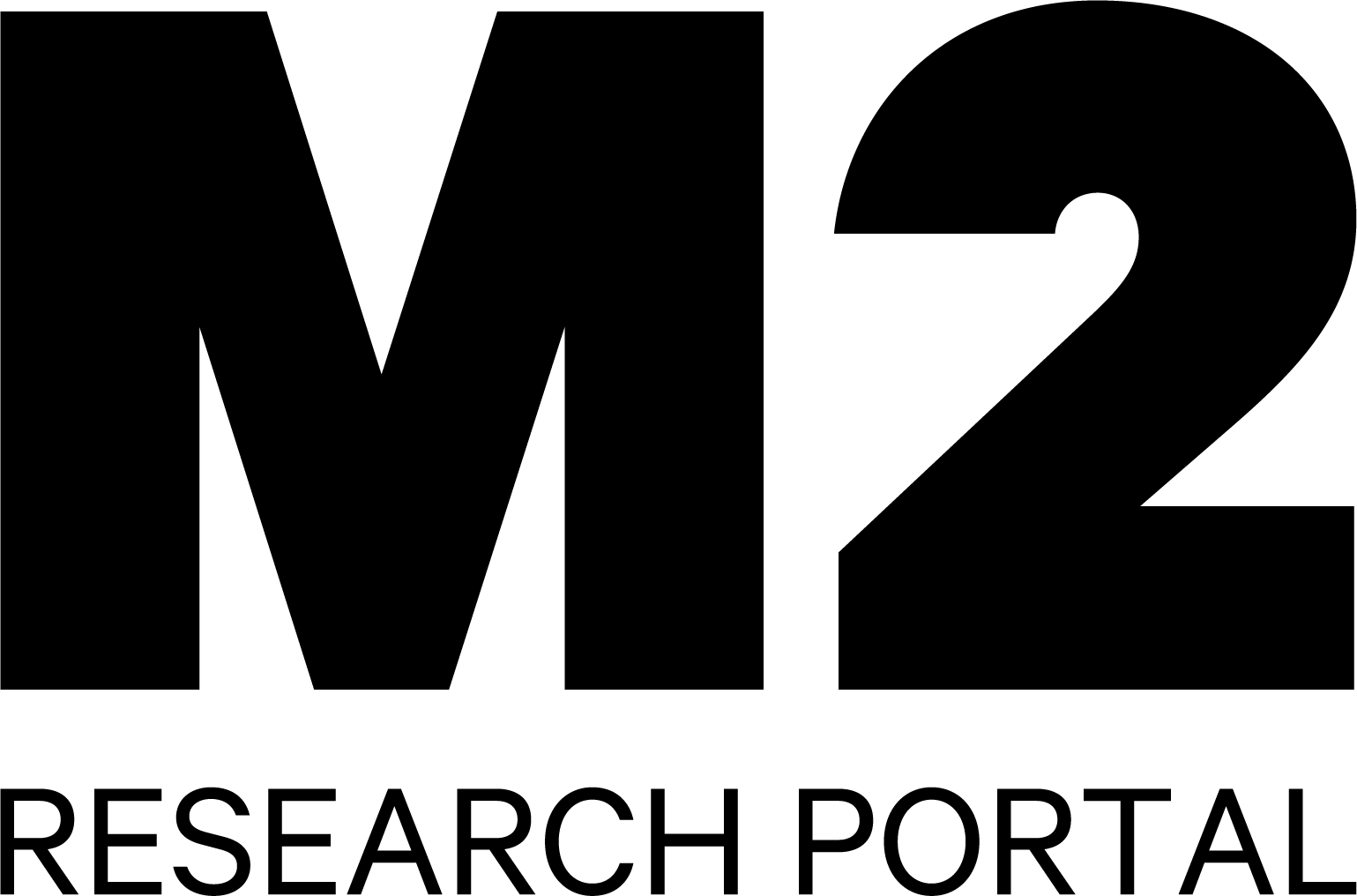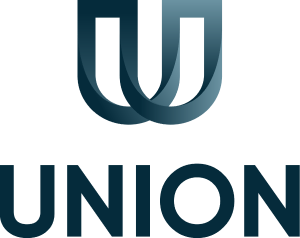The EU takes control
The taxonomy is changing the framework conditions, and the work on green financing of commercial real estate has already gained momentum.
Written by Chief Analyst Robert Nystad. The article was published in Kapital on June 9, 2023.
In 2013, Bane NOR Eiendom completed the first "green" office building in Norway with BREEAM certification at the Excellent level. Since 2014, UNION has regularly surveyed the largest banks in the Norwegian market about green financing. From 2014 to 2020, the situation was roughly as follows:
-
You received a green loan if you had BREEAM certification at the Very Good level or higher.
-
Typically, you received a 5 to 10 basis points lower bank margin if the loan was green.
-
In marginal cases, you might also receive a slightly higher loan amount.
From 2014 to 2020, there was little progress. The framework conditions remained the same, and there were generally few green loans. In the first quarter of 2020, the outstanding volume was around 5 billion Norwegian kroner, which can be considered modest in an asset class with a total debt of around 850 billion Norwegian kroner.
However, in recent years, green financing has gained momentum. The largest banks report that they now have a total of 43 billion Norwegian kroner in such loans. That's over eight times more than three years ago.
The development is largely due to the EU taking control through the taxonomy. Even though the taxonomy only came into effect this year, there is little doubt that it has influenced the banks and their lending policies, and thus the commercial real estate debt market, for some time. If the goal is to increase the number of green loans, the taxonomy clearly seems to be effective.
Ironically, the taxonomy has also contributed to a more confusing picture. Whereas banks were previously in complete agreement about what is considered green, none of the banks now provide identical criteria. Half of the banks state that they have increased the BREEAM requirement to at least Excellent.
However, the biggest change is that BREEAM certifications are not the answer to everything. Energy labels have become more important. Some banks require you to have an energy label at level A or B, in addition to the building's environmental certification. Other banks allow you to get away with energy class A or B without an environmental certification. Some banks also incorporate TEK-17 (Norwegian building regulations).
In renovations, banks will typically require you to reduce energy consumption by 30 percent or achieve an energy label of A or B. In some cases, the entire building can be financed with a green loan, while in other cases, only the investment itself is classified as green.
I believe the banks' different approaches are because there are still details regarding how parts of the regulations should be interpreted and used in the Norwegian context. There is good reason to assume that the banks' practices will harmonize again once the regulations have been settled.
There is little economic gain
From an economic perspective, there is still little to gain from green loans. Typically, you receive a bank margin that is five or ten basis points lower if the loan can be categorized as green. This represents a modest part of the total loan cost, which currently stands at around six percent. There are also no signs that green loans have become more favorable over time.
Despite customers receiving a little discount on green loans, banks still must accept lower profitability on these loans. The reason is that banks, at best, manage to save a couple of basis points on their own financing cost. However, several banks believe that green portfolios could provide them with cheaper funding in the future, in addition to sustainability becoming an element in capital requirements. Therefore, there is relatively high competition for green loans.
Green loans are, of course, just one of many tools the authorities will use to push the market in the desired direction. We cannot avoid the fact that a significant number of buildings will need to be upgraded in the coming years, and the least energy-efficient ones will face pressure first.

